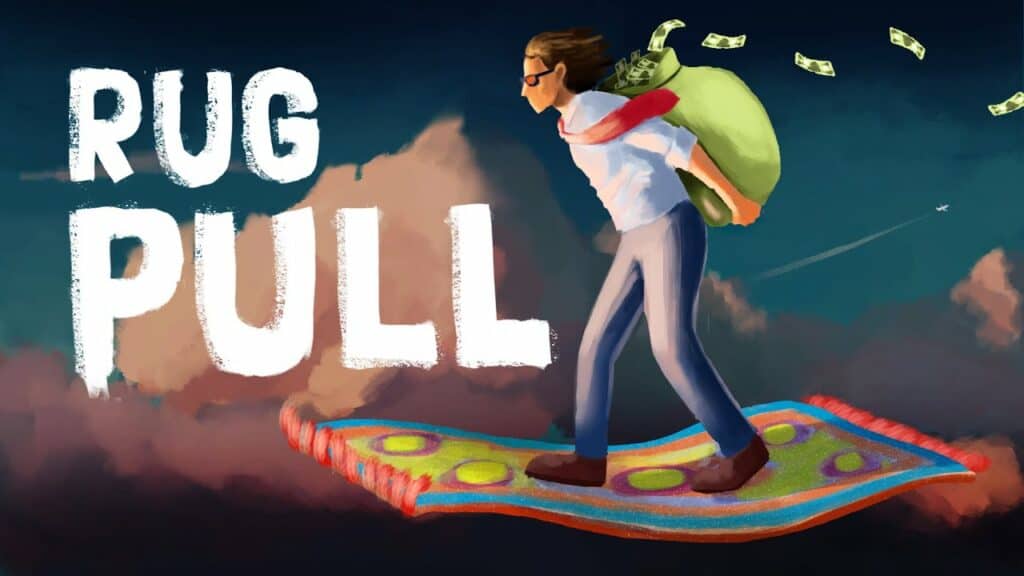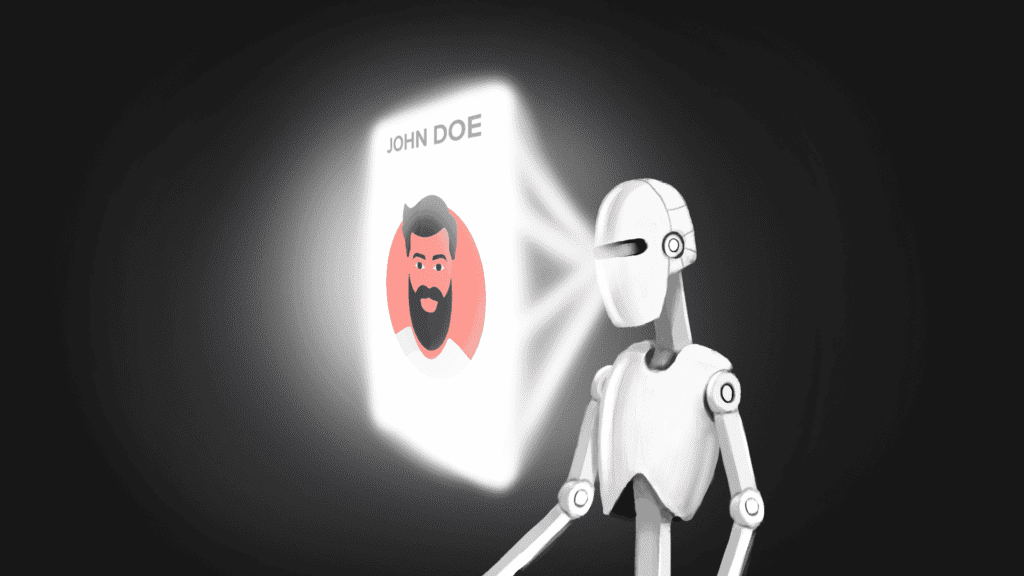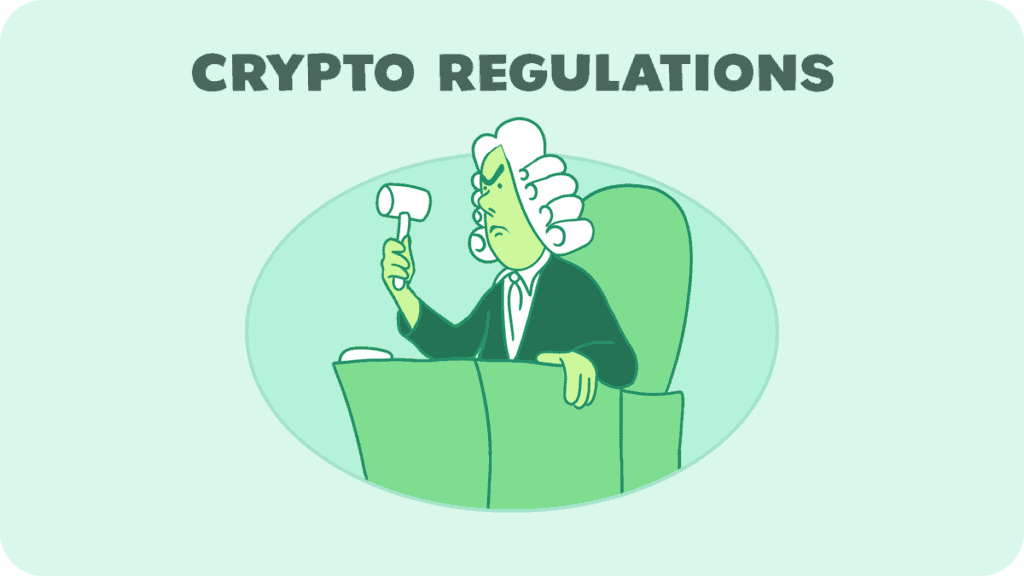Let’s say you’re a new investor and you take your newly deposited stimmy and decide to go in on the newest and hottest crypto currency out there. Without knowing too much of the crypto sphere, you follow what you’re seeing on social media and buy a low market cap cheap token.
You see your initial investment jump from 2x to 3 and then see a 10x but when you check the next morning the price has dropped to almost zero, and you can’t understand why you lost so much money and why the token’s developers are leaving everyone on red.
This causes you to never want to trade again.
Well, you might have just been involved in an infamous rug pull.
What Exactly is a Rug Pull?

A rug pull happens anytime the developer of a token or coin “runs” away with investor’s funds.
There are 3 main ways that this happens:
- Yanking Liquidity
If you haven’t already, you need to read our article on liquidity pools; you’ll be able to understand the rest of this article once you do.
When a developer creates a token, they must create a way for new investors to trade that token. To do so, they put up a portion of a valuable token and a portion of their newly minted token. This allows new investors to give them the valuable token and in return the investors get the newly minted developer token.
However, as time goes on, and as more investors invest, and the price of their worthless token increases, the developer can “rug pull” the token by pulling out all their initial liquidity.
Sadly, they don’t get back just the initial amount of worthless token and valuable token that they originally put in. Due to how Automated Market Makers work, there will be very little worthless token and a lot more of the valuable token.
After they yank out the liquidity, they will essentially have a lot more of the valuable token than they started with—AND all the other investors won’t be able to trade because the liquidity pool will literally have nothing in it to allow a trade.
- Selling Their Shares
Essentially, they created a worthless token. Anyone can create a worthless token. A token only has value if it does something or if other people think it has value. So the developer might convince a large group of people that their token has a promise.
For example, they might say they have a new platform releasing soon, and when it does, it’ll be the next big [blockchain + something] where something could be eco-friendly tea, it could be not-safe-for-work videos, it could be cat NFTs, it could be an super fast version of bitcoin.
Whatever it is, they are promising something in the future. So they sell the idea to a ton of investors, and then when the price of the token is high, they sell all of the tokens they gave themselves during the start of the token.
In short, they minted a worthless token, got people to trade a valuable token, like BNB or ETH for their worthless token, and then ran away with the valuable token they convinced people to give them.
Some rug pulls happen slowly over time, so you don’t think you’re getting rug pulled, but others will happen in a matter of minutes.
- The Inability to Sell
Some token creators can clearly add some code to their token that will literally not allow users to sell their tokens back to the decentralized exchange. So users can buy them, but they can’t sell.
They will just write a piece of code that only allows them to sell, that way the price will ONLY go up because nobody can sell their token, even if they wanted to. Then when the price is high, the rug-puller will sell all the tokens they gave themselves or even bought themselves at a much higher price.
So now that you know what a rug pull is and hopefully how it works, let’s go over how you can avoid one. Here are some signs that a rug pull might be evident.
Signs A Rug Pull Might be Coming

Liquidity is not locked
Remember earlier how I said that a developer could yank the liquidity out of a decentralized exchange? Well, to prove that they are a legitimate project, many developers will “lock” their liquidity with a trusted third party to ensure they can’t pull out the liquidity even if they wanted to.
This is a very good sign that the project will not get rug pulled, but the option for the price to be manipulated is still there. Pay close attention to how long it gets locked up though, some projects will do 2 months, while others will do 500 years.
A few wallets have a large percentage
On Etherscan and BscScan, two large blockchain explorers, you can actually go in and see who is holding the largest majority of a token. If the top 10 wallets hold a very large amount of tokens, it is likely that the developer bought a bunch very cheap during the initial launch.
Even if they didn’t, you should still watch out for those few large whale wallets. Why? Because even if it isn’t the developer, a whale selling 2% of all tokens at once can greatly crash the price due to how automated market maker algorithms work. It doesn’t have to be a developer rug pulling.
The burn wallet has a large percentage, hiding the true big wallets
Another trick many developers who plan to rug pull will try is create a TON of tokens, and then burn a large majority of them. So even if you’re looking at one of those blockchain explorers, the list of wallets will show even the top holders holding a very small percentage.
Burning means to send to an address that nobody controls, essentially getting rid of them forever. Imagine if we made 100 tokens. We burned 90 of them, and so there are 10 left. If one person holds 1 token, on the blockchain explorer, it will show they hold 1% of all tokens, even though in reality they hold 10% of all circulating tokens.
No audit
Audits done by 3rd parties are also good things to look out for. If a project has multiple audits performed by a few different trusted sources, you can use this in your investing strategy. Projects with no audits are a blazing red flag.
Another big red flag is that the project has no social media or functioning website. Anyone wanting to make a quick buck can create a token and upload some posts to Reddit.
However, it takes a lot more time to create distinguished social media pages and set up a website, so make sure to check those.
No multisig wallet
Lastly, one thing to keep track of is if a developer’s project has a multi-signature wallet. This essentially means if there is a whole team working on a project, one person can’t steal the private key and withdraw all the funds.
For any transaction to happen, the wallet requires multiple passwords for multiple people, decreasing the potential of one person running away with funds. The only way you can check this is to see what the developers post on their website or Discord and to trust them.
Lastly, let’s go over who is responsible for a rug pull, which is essentially a scam, a con, or literal fraud.
Is Anyone Held Responsible for Rug Pulls?

Given how new the world of decentralized finance is and how limited the SEC and other financial institutions are with this technology, the DeFi world is currently hardly regulated.
This is why big names like Elon Musk or Mark Cuban can’t be held responsible for talking, making tweets, and bumping a stock just as the creators of a coin can’t be held responsible.
Another big cloaking mechanisms is that most of crypto is anonymous—which means there’s no name, no address, and no social security number tied to the creator of any new coins or tokens.
In short, we couldn’t sue them or go after them even if we were allowed to. If it was illegal, how would we regulate it? This may be a question for another article.
We hope you learned something helpful! Thanks so much for reading, and we hope to see you in the next one!

